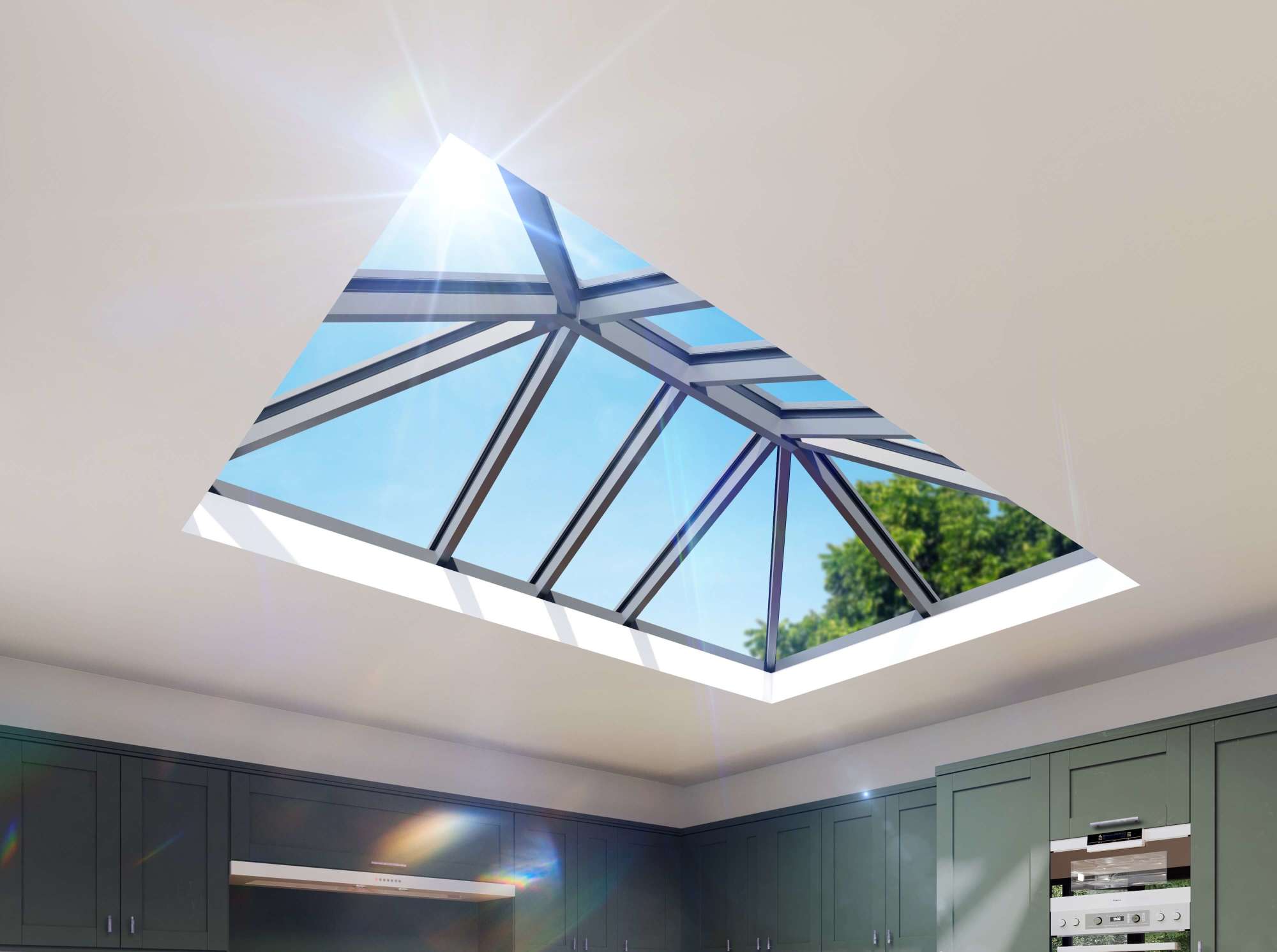New Entry Level Rooflight Opens Up Market
Whitesales has announced the launch of em.glaze Economy – an entry level, thermally broken flat glass rooflight, designed to widen its customer base...
Read Full Article
’Daylighting and Human Performance’ was published by the Heschong Mahone Group. It focused on the importance of daylighting in schools, via both windows and rooflights and the positive impact that had on improving student performance.
Although the study was undertaken two decades ago in the USA, the results were pretty compelling then and are still now – in some US school districts, students with the most daylighting in their classrooms progressed 20% quicker in maths tests and 26% quicker in reading tests than those with the least.
It is significant that rooflights had exactly the same positive impact on results as windows. It was the light coming into the classrooms rather than the views looking out which mattered most.
Since then, the benefits of daylight on everything from academic scores to retail sales, industrial outputs and personal wellbeing have been extensively measured and documented. It now has a major impact on the way buildings are designed – both in principle and in practice.
The 2018 standard BS EN17037, for example, focuses on the quality and quantity of daylight for building users in homes and commercial buildings. It acknowledges that occupants don’t just prefer daylight to artificial light, it benefits their circadian rhythms, physical and mental health and comfort. The standard also recognises the energy savings that can come from minimising the requirement for artificial light inside, alongside the need to balance heat loss and solar gains from large areas of glazing.
Whitesales rooflights
Whitesales has a team of daylighting experts available to advise on the implementation of BS EN 17037 and help architects apply best practice when it comes to ‘daylight design’ principles.
The company can support fabricators, contractors and rooflight sales and installation companies as well, helping them remind architects, developers and clients just how easy and cost effective it is to use rooflights and lanterns to deliver brain (and mood) boosting levels of daylight.
Working with the latest software tools, Whitesales designers can provide light simulations for glass and polycarbonate rooflights in almost any type of building, whether that’s a house, a school, a hospital or a shopping centre.
This includes data based on using either direct or diffused light. Direct light is useful for where strong light is needed for close detailed work such as painting or where the designer wants as natural an internal environment as possible or for users to be able to see the sky through the roof. On sunnier days though, it does result in shadows and glare.
Diffusion
Diffusing light through a rooflight using etched, patterned or tinted glass or even polycarbonate can give a much more even distribution of daylight and is useful where the requirement is for ambient lighting over a large area with minimal shadows below. This is most typically in sports centres, industrial and commercial settings.
Both options can easily achieve the light levels (Lux) recommended by CIBSE for commercial buildings (typically a minimum of 200 Lux for occupied internal spaces and 500 for retail and manufacturing areas) but users will need to take into account things such as material thickness, diffusing or colour tints.
Whitesales’ team can advise on this as well and on how to use tinted glazing, blinds or shades most effectively to prevent overheating in line with the new Part O of the building regulations.
Picture: Brain (and mood) boosting daylighting solutions from Whitesales.
Article written by Cathryn Ellis
12th October 2023